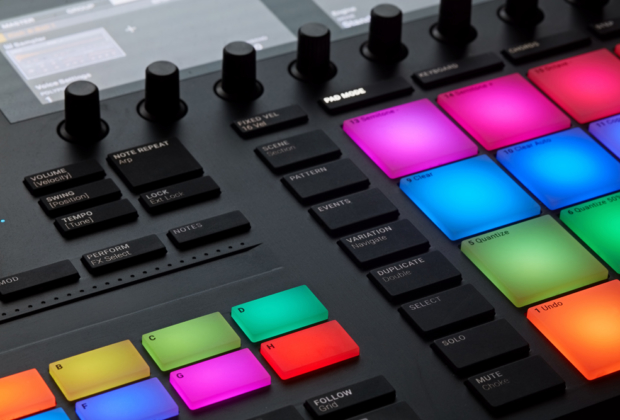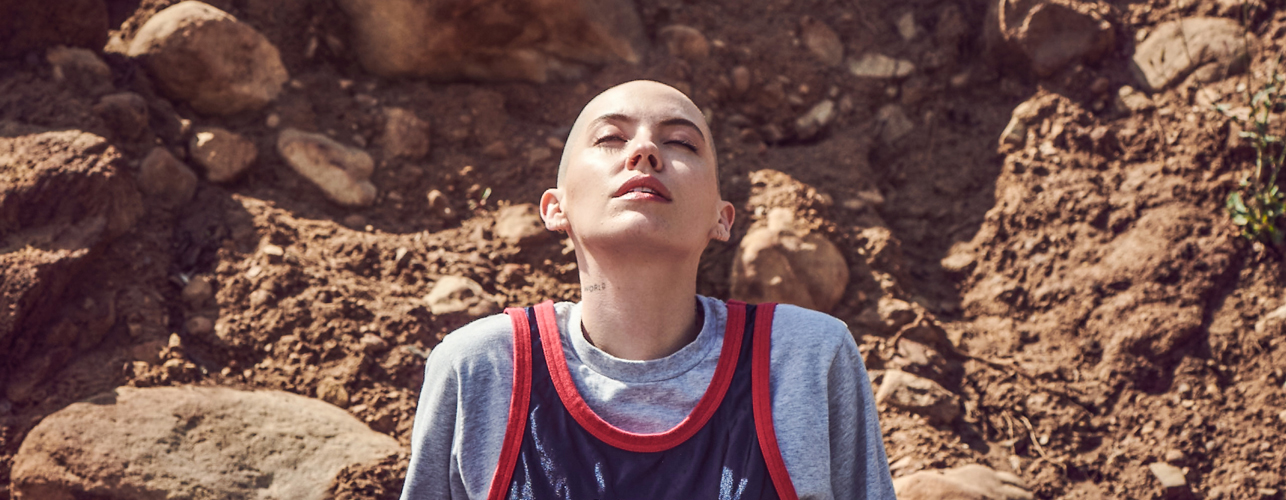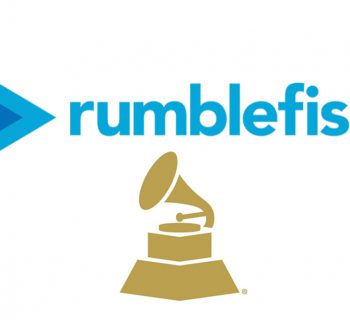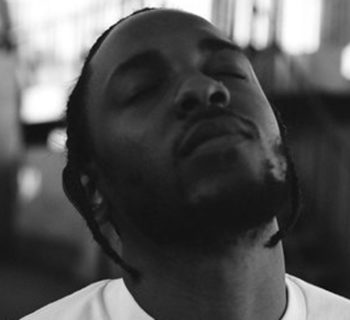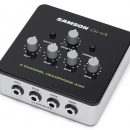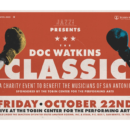What is the process for getting permission to sample someone else’s music? We’ll start off by explaining the steps, which on the surface seem fairly straightforward. Then we’ll talk about the practicalities of actually getting samples “cleared,” the term used to describe this often-misunderstood part of the music business.
Let’s start off with a hypothetical case using an actual song that we want to sample for a new recording. Before we go further, it’s important to understand that if you want to use a sample of an existing recording, you actually need two distinct clearances due to copyright law. The first is the copyright embodied in the underlying musical composition—called the song copyright. The second relates to the copyright embodied in the sound recording itself—which is referred to in music licensing lingo as a “master license.” The publisher that represents the songwriter normally controls song copyrights. The record label that originally financed the recording and release of the commercial recording you wish to sample normally controls master rights.
Consider the song “Watermelon Man” by Herbie Hancock, released on his 1962 debut album as a leader on Blue Note Records (catalog number 465062). Aside from the fact that the song is an instantly recognizable classic, it is also a song with the added benefit of having a single publisher. (The more recent the song, the more likely there may be from two up to a dozen publishers with joint copyright ownership, which can make clearing your samples much more time-consuming.)
Locating publishers and their contact information is done by searching the free online song catalogs of ASCAP, BMI and SESAC. If you are having difficulty determining publisher information, be sure to first double-check that you are correctly spelling the name of the song and/or artist who recorded the song, or the songwriter. Assuming you have located the publisher and their contact information, it’s time to move on to research the record label that holds the master rights.
Surprisingly, the bigger the record label, the more effort it sometimes takes to establish communication. The three major labels all have an affiliated publishing division and now post information on how to reach them on their websites. As a general rule, the larger the record company, the more critical it is to get your request to the right department. Your goal is to get your master sample request into the hands of the label’s Licensing Department. If the label is a true indie, the same person who answers the phone may be the licensing coordinator.
Requesting Permission
Once you’ve established contact with the Licensing department at either the label or publishing company, you’ll usually submit the following information for review, after you have a mix of your track which includes the sample. Information needed to complete a sample request for a publisher will include the original song’s title, original songwriter and publisher information. Labels will need the sampled song title, artist and album title for the original recording you are sampling. Both will likely require you send information on your new song including song and album title, release date, artist name, producer, publisher, label and a clear description and timing for the sample being requested for use, e.g., “the first 15 seconds of ‘Watermelon Man’ intro from 1962 Blue Note release.” Rightsholders will also require an MP3 of the mix as well as a lyric sheet. Regardless of free speech rights, some artists don’t want their music sampled if, in their opinion, the new song might include strong language or other objectionable references.
What Will It Cost?
Once you’ve submitted your sample clearance requests, it’s a waiting game until you hear back as to the decision regarding your request. Assuming you get the green light, publishers will usually insist on owning a share of your new song’s copyright, often from 10% - 30%, unless the new song features the sample in an especially prominent way, such as a vocal hook or it comprises the rhythmic bed of your song. In those cases, they may ask for 50% or more of your song. Record labels will demand a royalty in the range of 2% - 8% of the income on each sale or stream of your new song. Both will usually require an advance payment based on the sales projections for your new album or single.
Save Time and Money with a Replay
Increasingly artists have started to secure just the song sample copyright clearance, and not the master rights. Why? Because with the increased sophistication of affordable recording technology, musicians can create a replay, which replicates the sound of the original recording, which copyright law allows. Since you won’t be using the original sound recording, you’ll only need a single clearance to proceed, from the song’s publisher, assuming you can recreate a convincing sound-alike in your own studio.
Best of luck with your sampling and remember that you wouldn’t want someone profiting by using unauthorized samples of your original music, so play fair and practice safe and legal sampling in your new productions.
KEITH HATSCHEK directs the Music Management program at University of the Pacific and is the author of a number of music industry books including The Hitchhiker’s Guide to the New Music Industry available on Amazon. He spent 15 years working in the recording industry as an engineer, producer, studio manager and recording tech consultant. Visit hatschek.com.


